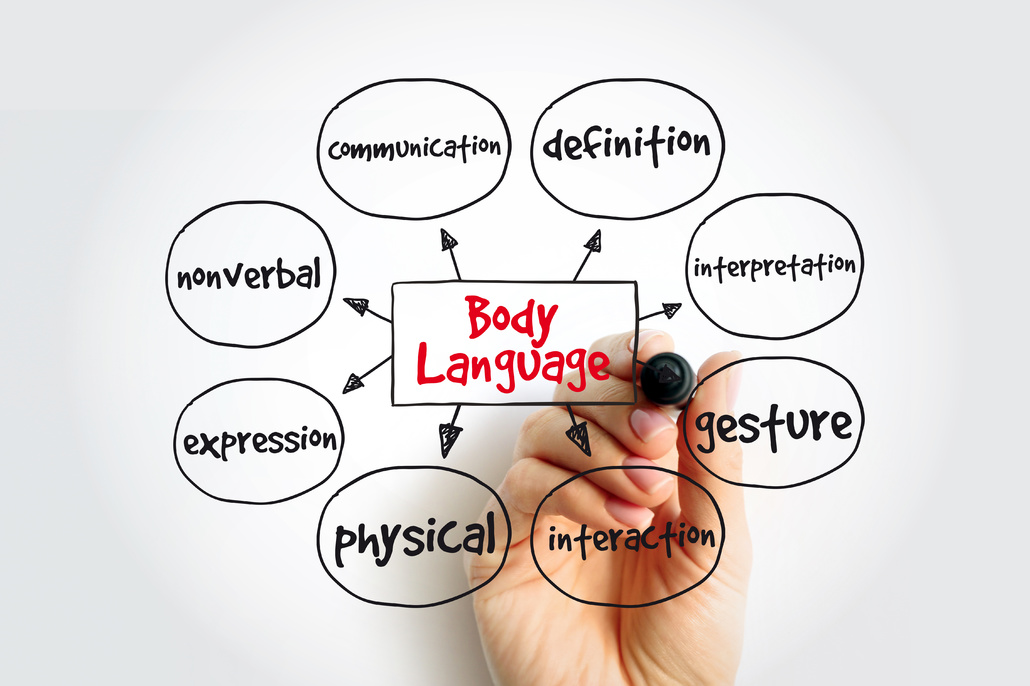Overview: Clear communication on the part of a leader creates an empowering and motivating clarity of purpose for employees. Leadership coaching can help leaders improve this vital leadership skill. Communication is a complex exercise that involves active listening, nonverbal clues, and writing abilities.
In the context of the workplace, clarity is empowering. Employees who know where they stand and what their leaders expect of them aren’t only more relaxed and happy. They also know where they can take the initiative and how they can advance their careers.
Creating clarity is the prerogative and duty of the leader. Communication is the leadership skill that allows leaders to create clarity, convey stability, and empower employees. Clear communication begins with clear thoughts. Leadership coaching can help leaders clarify their thinking and convey thoughts undistorted to peers, employees, and other stakeholders.
Communication is not only about delivering the perfect speech. Clear communication has many facets, and leadership coaching lists active listening as one of its main components.
Leaders who want to improve their communication must apay attention to their verbal, nonverbal, written, and visual communication. Here’s how leaders can improve their skills.
Active Listening
Executive coaching professionals may feel active listening is the most crucial component of communication. Like all other components, listening is an indispensable part of communication. It’s not, however, more or less important than the ability to convey thoughts verbally and nonverbally.
True communication is not about countering another person’s points. First and utmost, it’s about understanding the points the interlocutor raises and addressing them constructively.
By listening actively, a leader can learn much about what their interlocutor raises, in addition to what he or she says. Good communicators look for nonverbal clues in:
- Eye contact (or lack thereof)
- Posture
- Fidgeting
To improve their active listening, leaders must:
- Dedicate their full attention to their interlocutor
- Put their phones down and turn away from the computer screen
- Ask questions to clarify the intent of the speaker and sum up their understanding of what the other party communicates
- Listen to the words and pay keen attention to nonverbal clues
Nonverbal Communication
Mastering nonverbal communication starts with observing oneself and others. Our nonverbal communication is instinctive. We seldom have control of it. Self-aware leaders who are strong communicators can control their nonverbal communication and understand the nonverbal messages others send them.

Such leaders observe the following nonverbal communication clues in themselves and others:
- Eye contact
- Position while communicating
- The reactions of interlocutors
Here’s what leaders can do to improve their nonverbal communication:
- Focus on eye contact. Eye contact is an important piece of the communication puzzle. Looking the other person in the eye when someone wants to drive home a point lends additional weight to his or her words.
- Use space to express confidence. Confident communicators know how to use the space around them to let others know they’re at ease when talking to them.
- Keep calm. Good communicators understand the powerful message that being unfazed under stress can send to their interlocutors.
- Stop fidgeting. Fidgeting is a sign of nervousness, uncertainty, and a lack of confidence.
Verbal Communication
Verbal communication comprises two equally important components: what people say and how they say it.
To become better verbal communicators, leaders must know what they want to say before they speak. Lending structure to their speech clarifies their message. They can:
- Start by stating the purpose of their speech
- Detail the reasoning behind it
- Explore possible outcomes.
Good communicators use pitch to underline their messages and capture attention.
- A low pitch communicates gravitas.
- Silence builds tension and grabs attention.
- Speed, cadence, and style lend color to the speech.
Written Communication
Spelling and grammar determine the quality of leaders’ written communication. No one will take an email crawling with grammatical or spelling errors seriously. To improve their written communication, leaders can:
- Make a habit of re-reading and re-evaluating what they write.
- Review their formatting to ensure they highlight the important points.
- Avoid jargon and use clear examples.
Executive coaching sees communication as one of the core leadership abilities. Leaders who communicate clearly and honestly have an easy time building trust with employees and peers.


